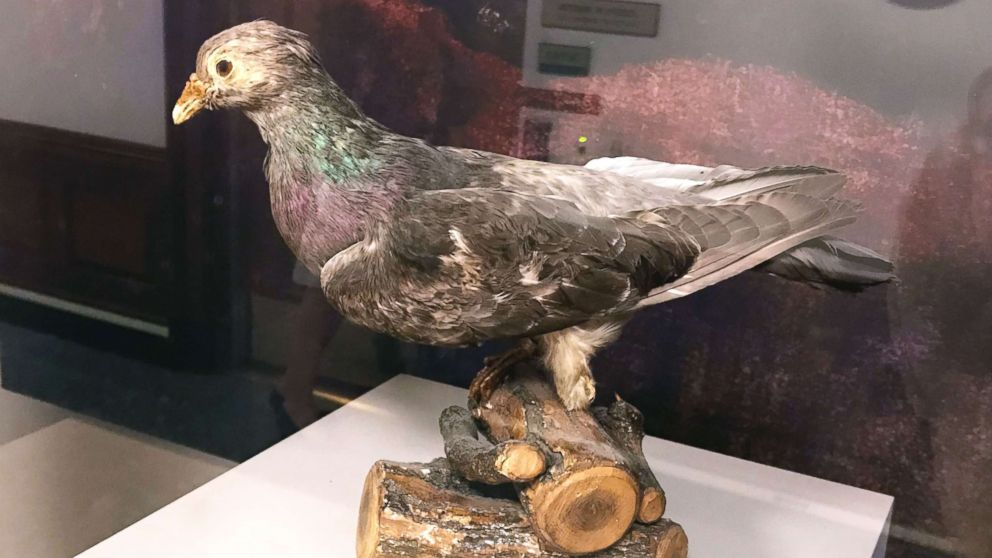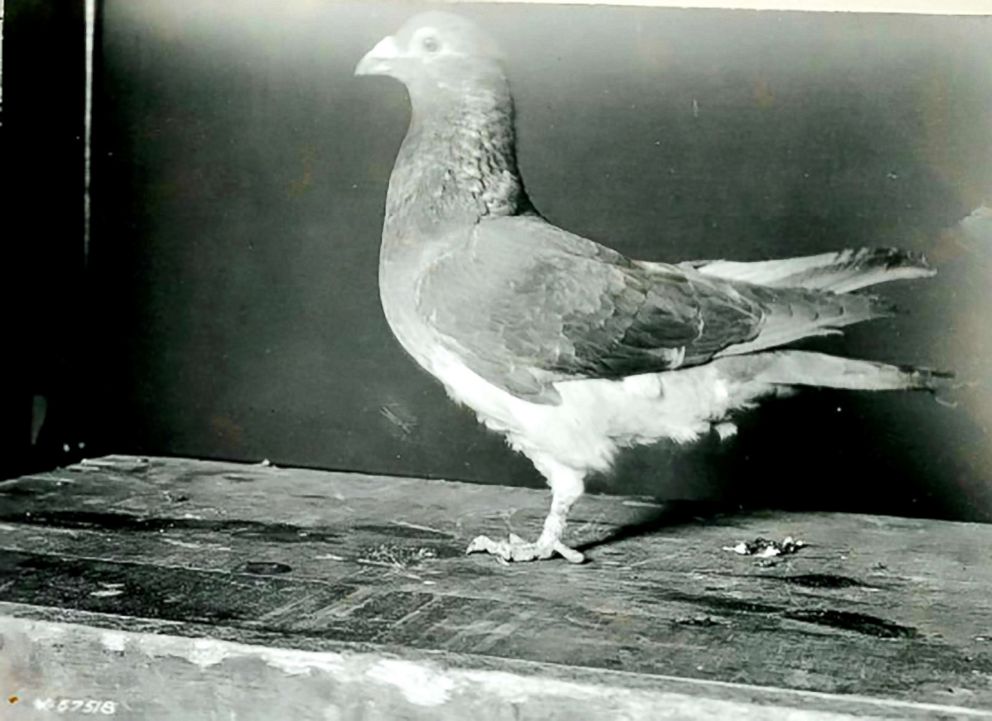The United States Starts Using Pigeons
In January, 1918, a pigeon hatched in a cold and damp loft near the trenches in Argonne Forest. The bird had almost no feathers but grew fast. In just a few weeks the squab was given to an experienced handler. Hard training included flying to the loft where the pigeon was born from miles and miles from the loft over rough terrain and harsh weather like thunderstorms to perfectly sunny days. His name was President Wilson. In August of the same year, President Wilson was ready to work. The pigeon was taken to the front lines. October 21, the bird was given a job to deliver a message to the loft with a journey of 25 miles. Just as Wilson was released, the enemy set off a bomb and the men in the trench thought the bird was dead, but surprisingly, the pigeon didn't just live, he made it to the loft and delivered the message. When he arrived, he had lost a leg and was injured in the chest. He was retired to a pigeon breeding center in New Jersey where he lived another 11 years. When he died, he was taxidermized and now is displayed in the Pentagon. President Wilson was only one of the 442 other pigeons at Meuse Argonne Offensive. The pigeons delivered 402 messages. None of the messages they were given were lost.

President Wilson, carrier pigeon, as displayed in the Pentagon

President Wilson, carrier pigeon, photographed after his heroic 25-mile journey where he lost his leg and was wounded in the chest, 1918